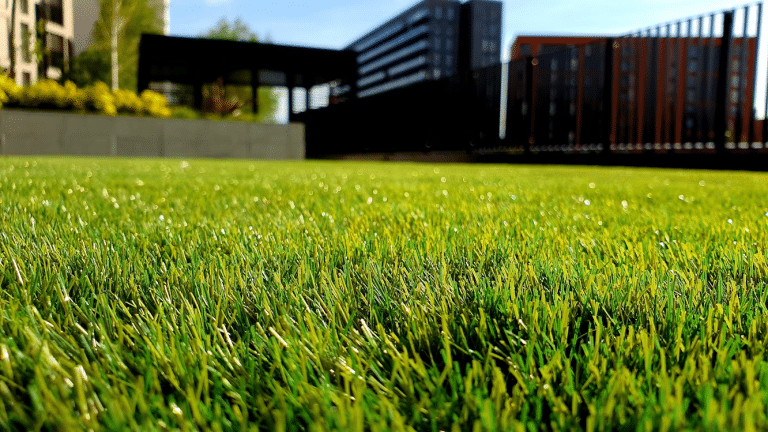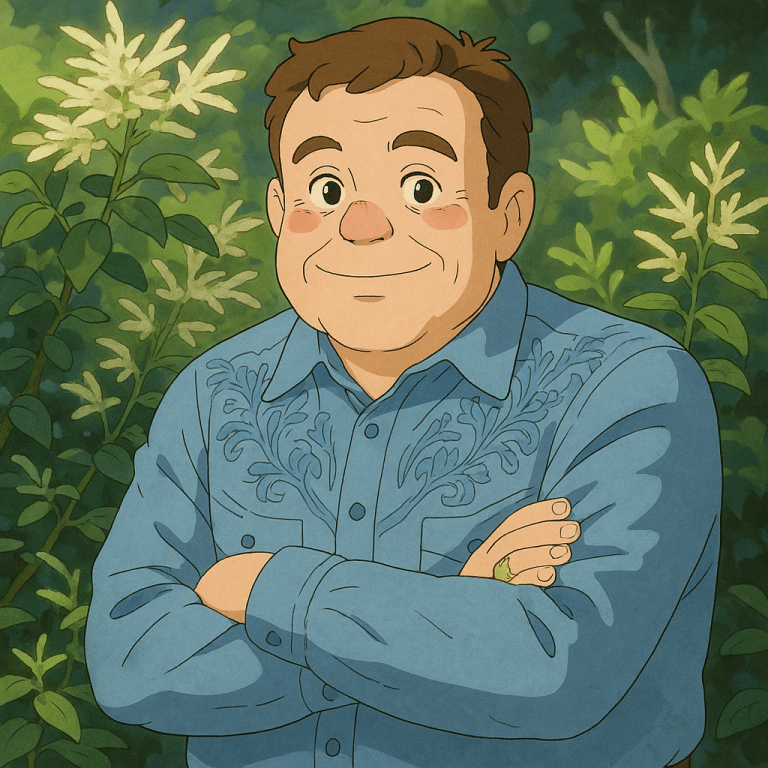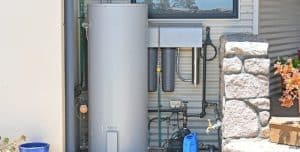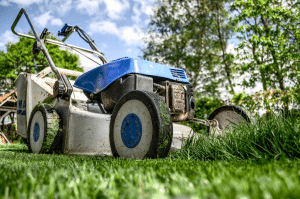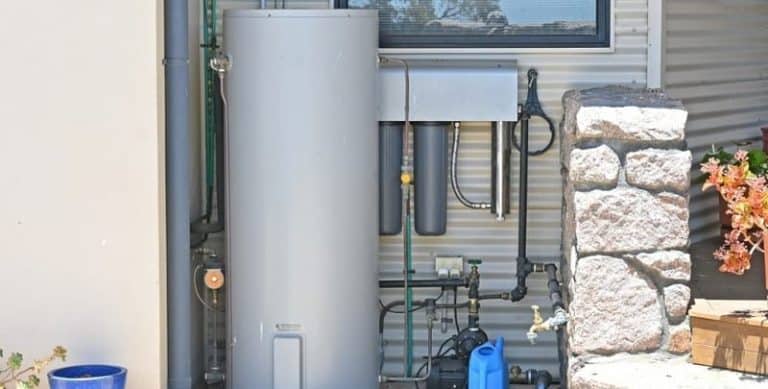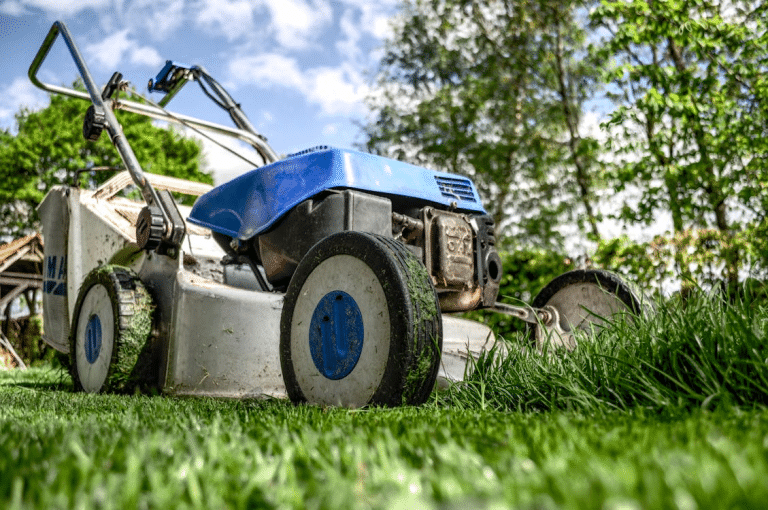Creating lush, inviting borders around synthetic lawns isn’t just possible—it’s the secret to making artificial turf look less sterile and more alive. When paired with clever plantings, raised beds, or structured edging, synthetic grass transforms into a cohesive part of your landscape instead of standing out as an artificial insert.
When you’re designing for a minimalist courtyard, a family-friendly backyard, or a narrow side yard, the right border strategy adds color, contrast, and texture that softens the clean uniformity of turf while maintaining its low-maintenance charm.
Enhance Visual Continuity With Artificial Turf-Friendly Borders
Artificial turf may be hassle-free, but it needs the right framing to avoid looking too perfect or flat—so integrate it with smart edging solutions and plantings that balance function and aesthetics.
Choose Border Plants That Complement Turf Texture
One of the most important rules when working with synthetic grass is to avoid stark transitions. The trick is to blend the edge with plants that introduce height and natural texture. Ornamental grasses like blue fescue or liriope work especially well—they echo the shape and density of turf blades, creating a smooth visual flow. Similarly, dwarf mondo grass acts like a soft carpet along edges, making the transition almost invisible while maintaining a clean line. For pops of color, low-growing flowering plants such as creeping thyme or lavender soften the edge and deliver seasonal blooms without overwhelming the turf’s order. These plantings can also be positioned in gravel-filled borders to enhance drainage and reduce weed growth.
Install Raised Garden Beds To Add Dimension
Where ground-level borders feel flat, raised garden beds offer a perfect counterbalance. A crisp, timber-framed or corten steel bed filled with soil and lush vegetation adds instant vertical interest. Artificial turf sits comfortably at the base, while the raised edge acts as a barrier against foot traffic, toys, or pets straying into plant zones. These beds also simplify irrigation—since synthetic turf doesn’t need water, you can tailor watering systems directly into the bed, preserving turf integrity.
Shade-Loving Plant Borders For Turf-Adjacent Areas
Even synthetic grass can benefit from shady corners when paired with the right border design—especially in areas that don’t receive consistent sun.
Pair Artificial Grass With Ferns And Hostas
If your synthetic lawn is shaded by trees or buildings, consider border plants that thrive in lower light. Japanese painted ferns and hostas add drama, lushness, and sculptural contrast along shaded turf edges.
Their broad leaves and layered texture help break the monotony of artificial blades, creating a woodland feel even in compact courtyards. To minimize leaf drop and cleanup, opt for tidy varieties and position them in defined soil beds with stone borders to protect the turf.
Create A Woodland Path Effect With Groundcovers
For narrow side yards or shady footpaths beside synthetic turf, consider using groundcover plants like sweet woodruff, creeping Jenny, or ajuga along the edges. These plants thrive in filtered light and form tight mats that enhance the softness of synthetic grass.
When bordered with bark chips or flagstone stepping paths, the result is a calming, woodland-inspired garden strip that still feels modern and manageable.
Mediterranean-Inspired Borders For Drier Climate Turf
Artificial grass is a popular solution in arid regions, but that doesn’t mean the surroundings need to be bland. Mediterranean plant borders bring character, drought tolerance, and a timeless elegance.
Line Borders With Lavender, Rosemary, And Sage
Drought-resistant herbs and shrubs are perfect companions for turf in hot, dry climates. Lavender, rosemary, and sage not only provide year-round greenery and blooms but also release fragrance when brushed against—an unexpected sensory bonus. These plants form tidy hedges or loose drifts depending on spacing and pruning style. Grouping them along turf perimeters with gravel mulch keeps water away from the turf backing and creates a harmonious color contrast between the vibrant green synthetic grass and the silvery or deep-green leaves.
Use Gravel Gardens With Succulents For Border Accents
When traditional beds aren’t practical, opt for gravel gardens populated with succulents like echeveria, aeonium, or sedum. These work especially well along retaining walls, patio edges, or narrow side strips where the lawn meets hardscape. Combining gravel, decorative boulders, and grouped succulents gives a modern Mediterranean feel and transitions smoothly from turf to architectural planting. Just ensure plants are spaced so roots don’t interfere with turf installation or base layers.
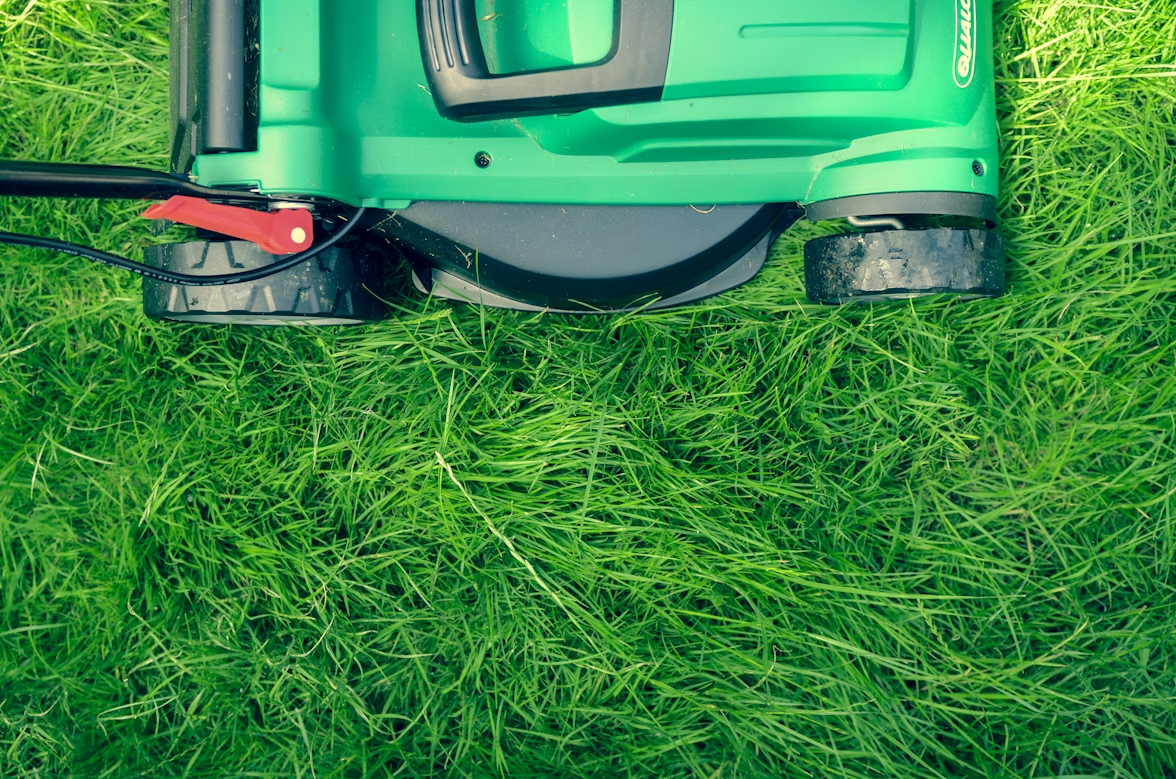
Photo by Daniel Watson on Unsplash
Kid-Friendly Plant Borders That Blend With Turf Play Zones
Synthetic grass is a family favorite for play zones—but kid-safe plant borders around these areas can complete the picture while boosting aesthetics.
Choose Non-Toxic, Soft-Edged Plants
When designing borders near areas where kids will run or roll, select soft, resilient, and non-toxic plant species. Lamb’s ear, marigolds, pansies, and calendula are excellent choices—they have gentle textures, vibrant colors, and won’t cause irritation. Avoid thorny or brittle plants like roses, barberry, or even some succulents. Keep beds well-defined with edging stones to prevent accidental trampling and preserve the turf’s seams.
Use Mulched Beds With Interactive Plantings
For interactive fun, create planting beds along the turf border that children can safely explore. Strawberry patches, sensory herb gardens (mint, lemon balm, basil), or butterfly-attracting flowers like coneflowers and bee balm add a dynamic layer. Raised borders prevent kids from trampling the plants and offer teachable moments in the garden without compromising the low-maintenance appeal of artificial turf.
Minimalist And Modern Border Solutions For Urban Synthetic Lawns
Contemporary gardens often use artificial grass to streamline form—but the surrounding borders need to match this aesthetic through smart restraint.
Use Structured Repetition With Evergreen Plants
Modern design favors symmetry and control. Repeating a single plant type—like clipped boxwood spheres, dwarf yaupon holly, or Japanese holly—along a turf edge gives clean formality. This repetition grounds the synthetic grass and creates a manicured feel.
Contrast Turf With Vertical Sculptures Or Grasses
Introduce movement and verticality with tall ornamental grasses like miscanthus, Karl Foerster feather reed, or purple fountain grass. These sway in the wind and counterbalance the flatness of turf. For an even sleeker look, alternate grasses with contemporary sculptures, steel planters, or black-painted screens that double as privacy elements.
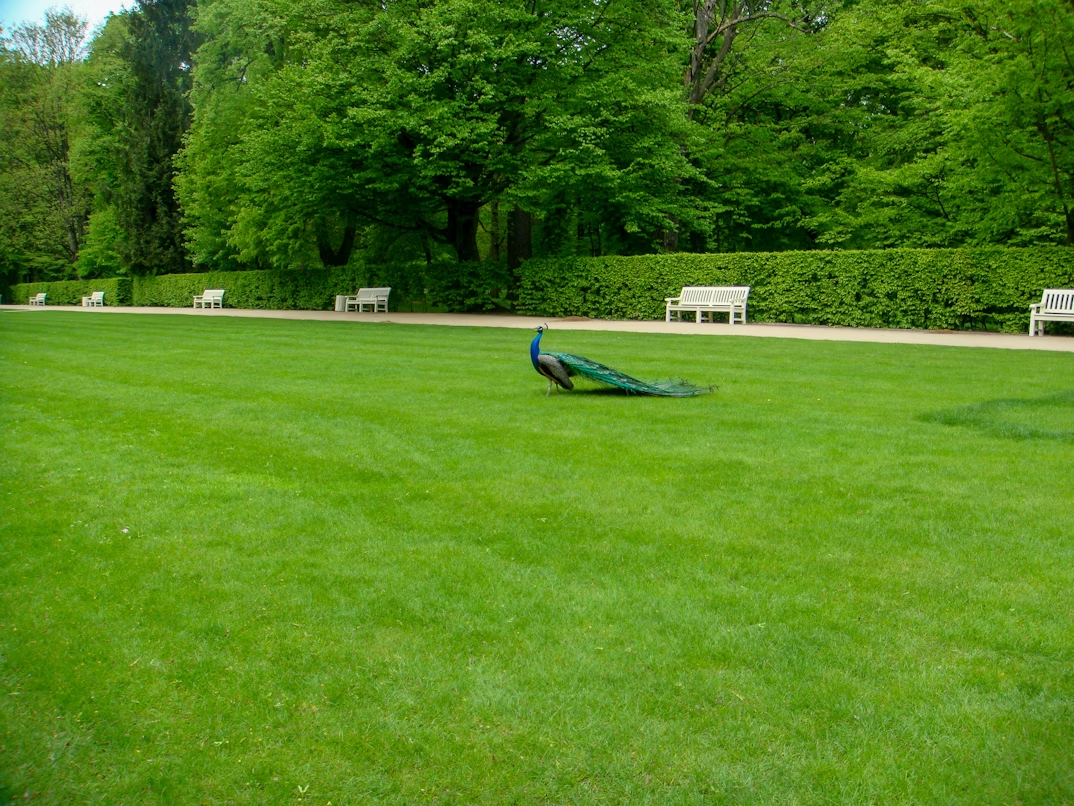
Photo by Mateus Campos Felipe on Unsplash
Wrapping Up
A synthetic lawn doesn’t mean sacrificing a natural look. The secret lies in designing borders that provide softness, color, and character while respecting the unique structure of artificial turf. Whether you’re going for lush, shady elegance or dry-climate minimalism, the right plant and edging choices will make your lawn feel like part of a thoughtfully curated landscape—not just a patch of plastic greenery.


